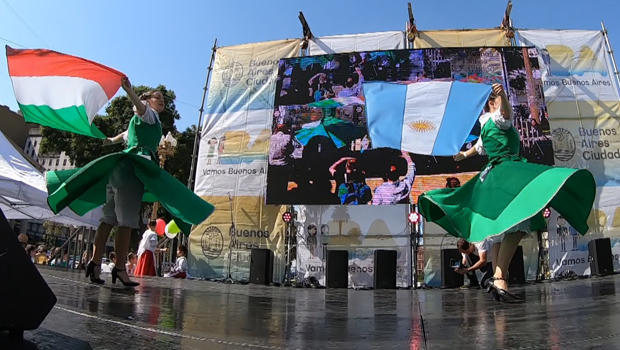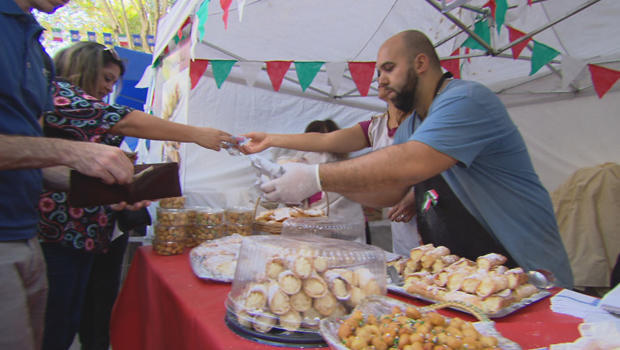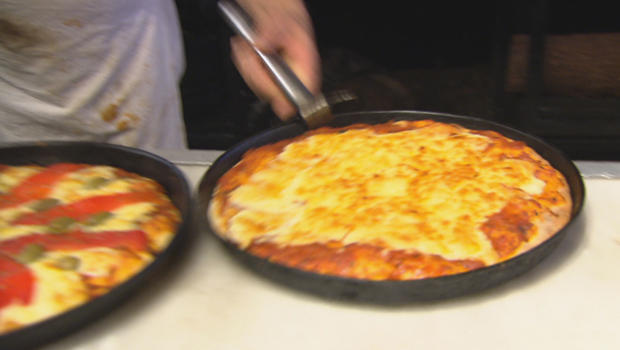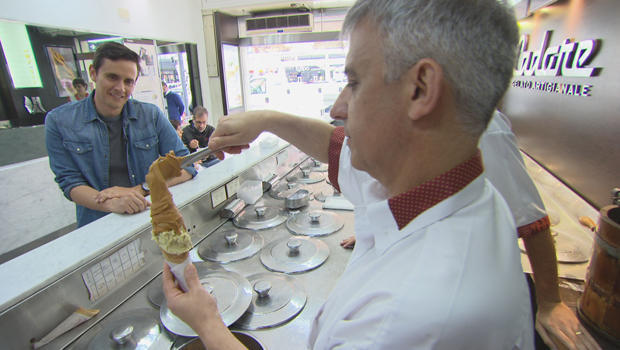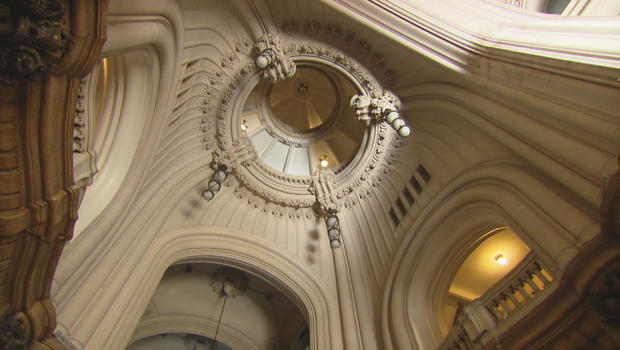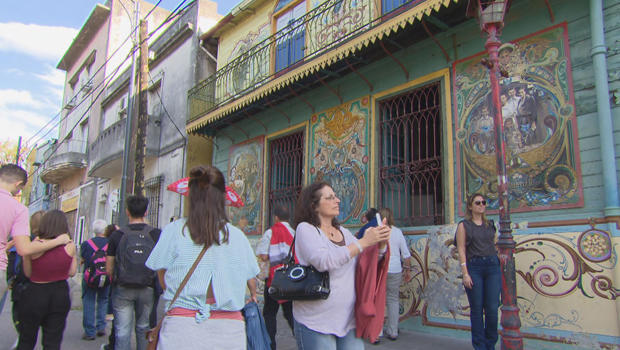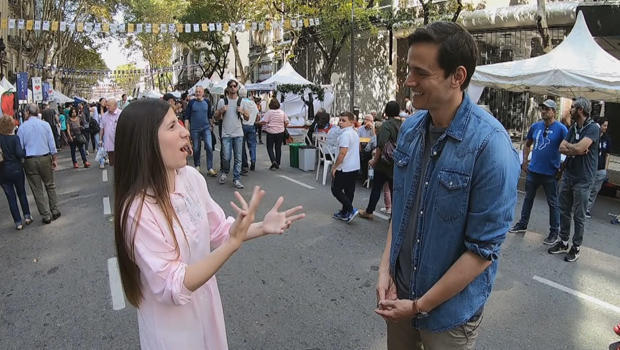Argentina's Italian heritage
Buenos Aires, Argentina is the most-visited city in all of South America. And no visit is complete without a trip to La Boca, the colorful neighborhood at the mouth of the Riachuelo River. While today the neighborhood is mostly populated by tourists, in the late 19th century, the port of La Boca was the first stop for Italian immigrants in search of a better life in Argentina.
From 1880 to 1920, Buenos Aires experienced a massive wave of Italian immigration, similar to the one that was happening simultaneously in New York City.
"In the 1900s, 12% of Argentinian population was actually Italian," said Adrian Glickman. "So, Italians pretty much set the pace not only for migration but for the vibe, specifically of Buenos Aires."
Correspondent Conor Knighton said, "I asked for someone to point me to the Italian neighborhood, and they were like, anywhere!"
"All around, all around, yeah," Glickman replied.
Glickman is part-Italian, and part-owner of Floreria Atlántico, a high-end cocktail bar that takes its theme from the influence of Argentina's immigrants.
Like most Buenos Aires bars, Floreria Atlántico serves tons of Campari and Fernet Branca – two Italian liqueurs for which Argentines go crazy. "Yeah. We drink a lot!" laughed Glickman.
When it comes to eating, the Italian influence is even more obvious. On Buenos Aires' famed Avenida Corrientes, there's a pizza place on seemingly every corner. The most well-known is Güerrin. Founded by Italian immigrants in 1932, today the pizzeria's wood-fired oven churns out pies that have morphed into a gooey, distinctly Argentine style of pizza, best summed up by manager Macro Giaccaglia: "The Argentinian people think more cheese is better. Everything more is better!"
That's why, after stuffing his face with pizza, Burbank decided to get more food: dessert!
Agustin Fama's gelato-making ancestors came to Buenos Aires as part of a second post-World War II wave of immigration. Fortunately, they brought their recipe book with them and opened Cadore.
Italians also made a lasting impact on the art and architecture of Buenos Aires. Nearby Palacio Barolo was designed by Italian architect Mario Palanti as a tribute to the Italian poet Dante. The building's 22 floors represent the 22 stanzas of Dante's "Divine Comedy," according to historian Eduardo Lazzari, and the nine archways signify the nine circles of Hell.
Eventually, after 13 floors of purgatory, you finally reach paradise, where the views are heavenly.
Down at street level, the Argentine art form of Fileteado – found on signs throughout the city – was originally developed by Italian immigrants.
Fileteado has recently experienced a rebirth thanks to artists like Alfredo Genovese, who traces his roots back to Calabria.
"I like to paint," he said. "I like my Italian identity. The Italian identity here is strong!"
With an estimated 62% of Argentinians claiming some Italian heritage, street festivals are common. After Spanish, Italian is the country's second most-popular native language, although everyone speaks a little Italian … with their gestures.
"I do a lot of THIS," said Camilla Padovani, gesturing. "We speak with our hands. We speak twice!"
While Padovani dances the Italian tarantella to connect to her Calabrian roots, today's tango even has an Italian connection. Some of the nostalgic melodies and European instruments featured in what's become Buenos Aires' most famous export were, years ago, imported from Italy.
For more info:
- Floreria Atlántico, Buenos Aires
- Pizzería Güerrin, Buenos Aires
- Cadore, Buenos Aires
- Palacio Barolo, Buenos Aires
- Historian Eduardo Lazzari
- Fileteado artist Alfredo Genovese
- Camilla Padovani
Story produced by Chris Spinder.
